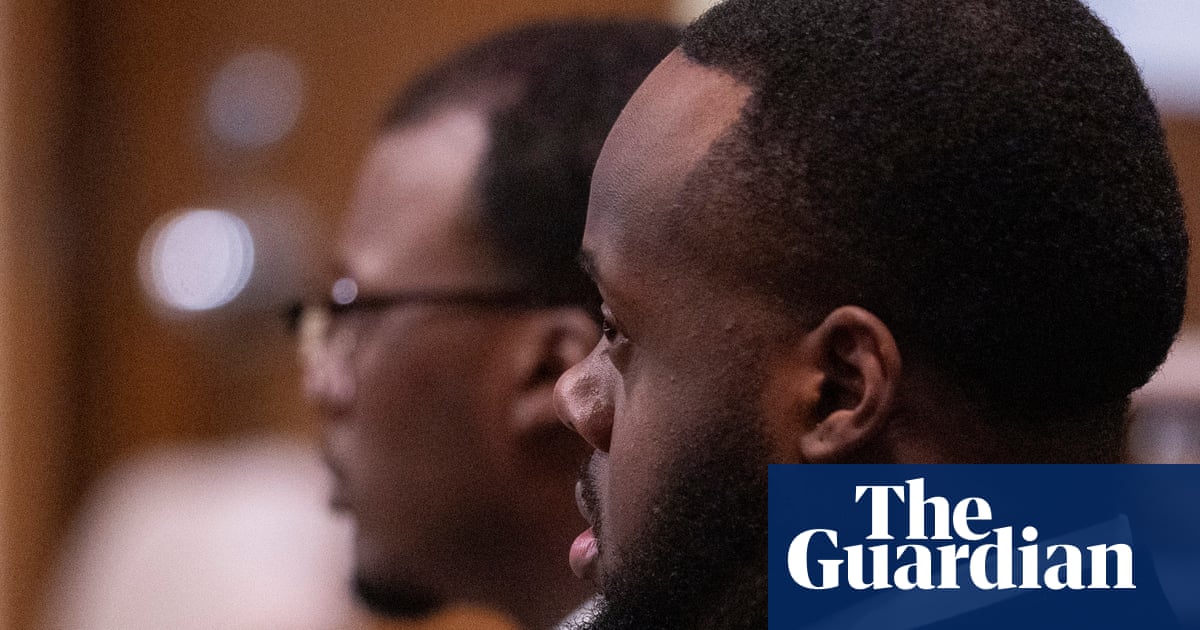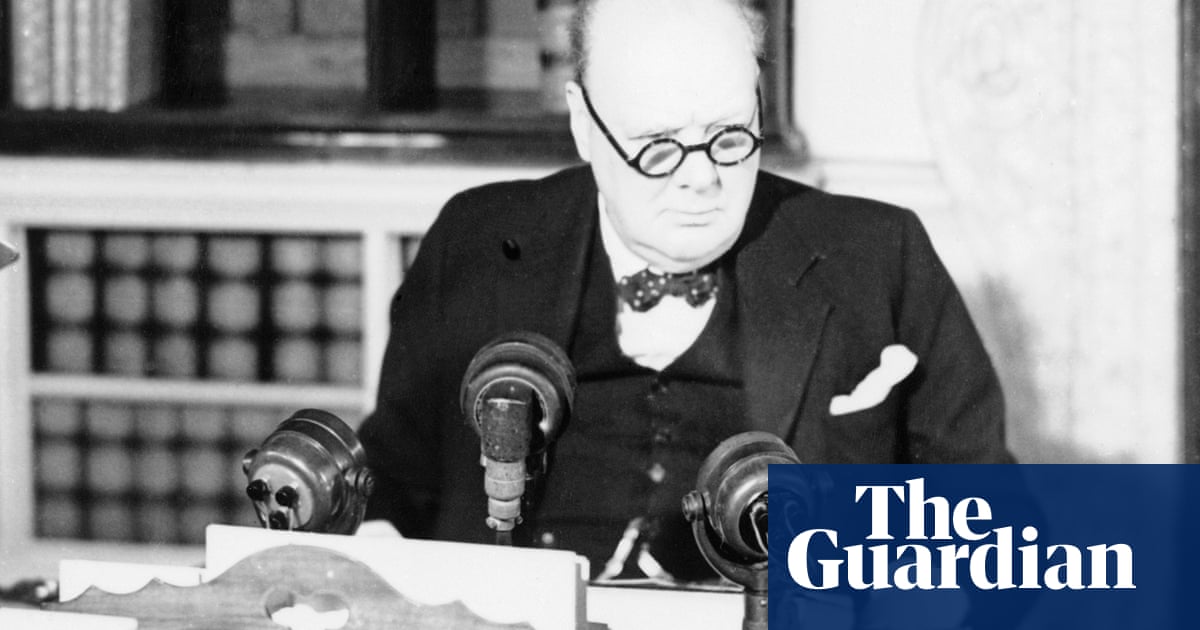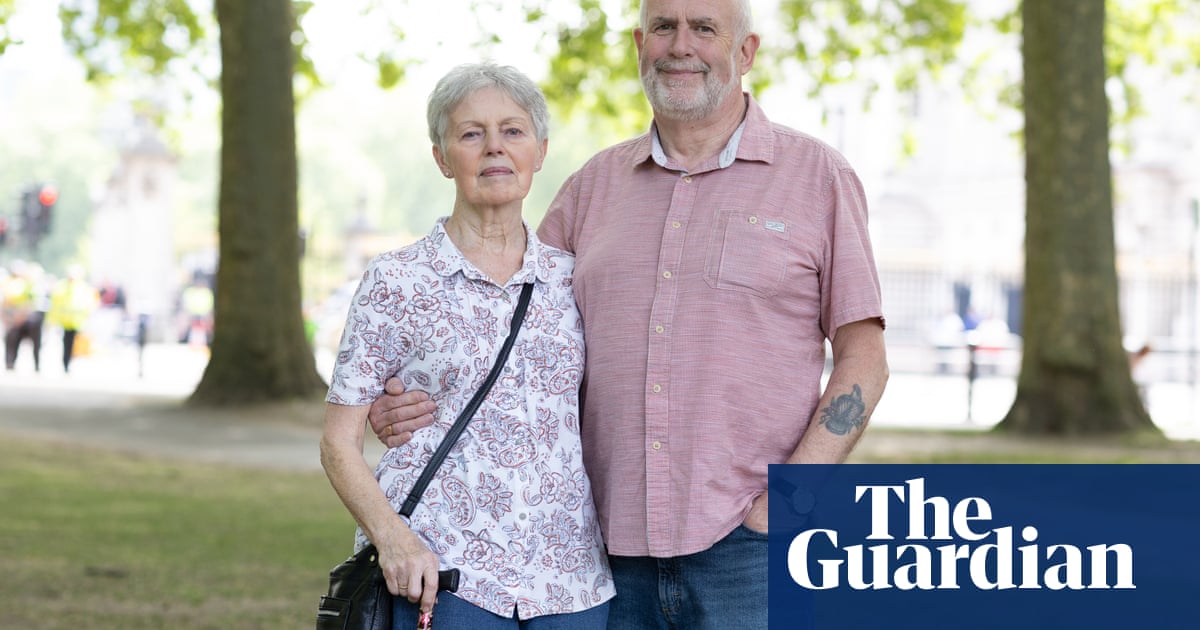HL Mencken, the prominent journalist and critic, once called it the “greatest story since the Resurrection”. Though it has been 93 years since the Lindbergh baby kidnapping case merged crime, fame and mass media together, the enduring mystery of the crime still holds fascination for many in the US.
The case was shocking. The transatlantic aviator Charles Lindbergh and his wife Anne Morrow Lindbergh suffered the kidnapping and murder of their 20-month-old baby son on 1 March 1932. Now a new lawsuit filed in New Jersey – where the crime played out – seeks to force the state police to allow mitochondrial DNA testing on envelopes used to send a series of ransom notes.
The crime was pinned on a 36-year-old German immigrant, Bruno Hauptmann, but his conviction relied on circumstantial evidence. Hauptmann, who was sent to the electric chair, maintained his innocence of the abduction and death of little Charles A Lindbergh Jr.
But the involvement of unknown co-conspirators has never been entirely ruled out – and even the prosecutor in the case seemed to have doubts that Hauptmann acted alone when the infant was stolen from his second-floor nursery using a homemade ladder.
The case had a profound impact on American legal and cultural history, expanding the authority of the FBI – then known as the BOI, or Bureau of Investigation – to investigate kidnappings involving interstate travel and expanding their role in law enforcement, while making kidnapping a federal offense and leading to a ban on photography and cameras in federal and most state courts.
But enduring speculation about the death of the child – whose body was discovered on 12 May beside a nearby road – and who was behind the kidnapping and ransom demands has never entirely subsided. Now researchers want access to more than a quarter-million documents, photos and other bits of evidence in an archive at the New Jersey state police museum in West Trenton, New Jersey.
The archive was made accessible 44 years ago by an executive order of the New Jersey governor, Brendan Byrne, so scholars and members of the public could study the crime. But for more than a year, researchers have been locked out as calls for advanced DNA testing on the evidence have mounted.
Plaintiffs in the lawsuit contend that in an era when “the very idea of historical or legal truth has come under political pressure it is incumbent on those of us who prize truthfulness in our public life to use every tool at our disposal to affirm its value”.

Opening the case’s archives to modern forensic science testing, they say, is a necessary step in the pursuit of truth and historical justice. DNA testing of the ransom letter “has the potential to clarify lingering questions about the case, reaffirm or challenge past conclusions, and ultimately contribute to a fuller, more accurate account of our collective past.”
The plaintiffs are Jonathan Hagel, a New Jersey native and professor at the University of Kansas who has studied the Lindbergh case for decades, Michele Downie, a retired schoolteacher, and Catherine Read, an author and developmental psychologist.
They contend that saliva on the backs of stamps and on glue used to seal the envelopes could help to resolve questions about whether Hauptmann acted alone or in concert with unidentified others.
But why would New Jersey want to prevent scientific testing of evidence?
In response to a prior lawsuit over the archive, the state police said they wanted to ensure that there was no risk of damage or mutilation to the artefacts. The state police have said that closing the archive is a temporary measure so they can develop new access policies around genetic testing by experts.
A court ruling in the earlier lawsuit, also brought by the current plaintiffs’ attorney Kurt Perhach, over access to the material for genetic testing found that the suit had not sufficiently established a public interest in analytic testing.
In message to the Guardian this week, the New Jersey’s attorney general’s office said it would not comment on pending litigation.
“This is a 93-year-old case and I don’t think they actually care about knowing the truth,” says Perhach. “But their argument about damaging the documents is completely laughable.”
Perhach says there is an urgency to examine the documents because the Lindbergh documents have already been threatened by a water leak. “It’s not like they’re being kept in the Smithsonian – it’s not an environment where it’s going to last indefinitely. They’re deteriorating and wearing down, and will continue to do so.”
The demand for scientific access to the documents comes as the Trump administration has released archives relating to the assassinations of President John F Kennedy and his attorney general brother, Robert F Kennedy, with little new gleaned from either.

But the Lindbergh files, conceivably, could show that others were involved in a conspiracy to kidnap and ransom the child. They could either confirm – or perhaps more likely – dismiss conspiracy theories that have surrounded the case. Some have suggested that Hauptmann was the victim of a police frame-up; others that the hero-aviator may have been involved in the kidnapping and murder of his own son.
“Maybe there is no more saliva available there, but there’s 15 total envelopes which contain 12 stamps and there’s still adhesive. Unless somebody in 1932 had the foresight to dab water on the adhesive there’s a high likelihood that there’s still saliva attached to these pieces of paper,” said Perhach.
Angelique Corthals, a forensic anthropologist at the John Jay College of Criminal Justice in New York, who has written a letter in support of the lawsuit argues that the envelopes would be handled in “a non-destructive manner”.
Corthals, who drew international attention in her successful attempt to extract DNA from ancient Egyptian mummies, told the Guardian that it was “pretty realistic” to think DNA could be extracted.
“We have the technology to amplify very, very small amounts of DNA and are getting better at parsing out contaminate DNA, including recovering particles from a document or a stamp without destroying it,” Corthals told the Guardian.
Advances in DNA analysis have produced, for instance, an entire Neanderthal genome, identified by the evolutionary genetics specialist and Nobel prize winner Dr Svante Pääbo, and the arrest of “Golden State Killer” Joseph DeAngelo using DNA from a cup collected at the 1980 double murder of Lyman and Charlene Smith, and running it through a genealogy database.
Few seriously doubt that 36-year Hauptmann was at least involved with the Lindbergh baby case. He was arrested in September 1934 after using a $10 bill from about $50,000 in ransom paid by Lindbergh. Some of the ransom money was found in Hauptmann’s garage and wood used to make the ladder matched wooden beams in his home.
But the man who came to collect the ransom through an intermediary at a Bronx cemetery, who became known as “Cemetery John”, did not match Hauptmann’s appearance.
The intermediary on the exchange, Dr John Condon, specifically said the man he had met was not Hauptmann.
But opening up the Lindbergh files to DNA testing under open public access records laws could open up access to countless government-controlled records and documents, says Perhach.
“In the event that Hauptmann’s DNA is found on the envelopes it just proves he was a conspirator like everyone knew, but the broader concern they have is that extending the Open Public Records Act will open up DNA testing in future cases,” he said.

 13 hours ago
10
13 hours ago
10













































